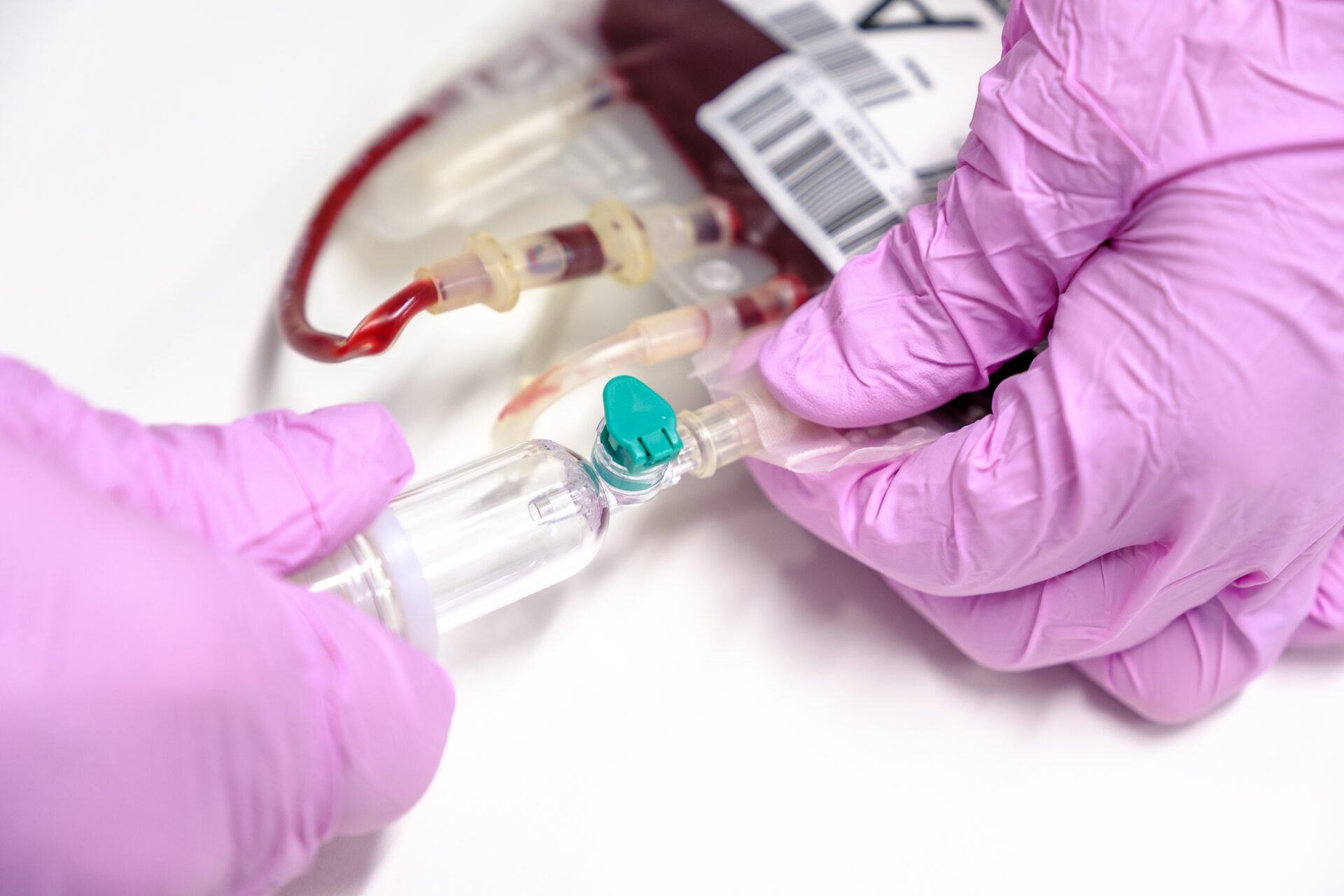Blood transfusions
Responsible care, correct identification of the patient, selection of the right product, and compatibility testing of blood products well in advance are key factors in ensuring the safety of blood transfusions. If you encounter any issues or have any inquiries regarding blood transfusion, don’t hesitate to reach out to the blood center at your own hospital. The knowledgeable professionals from the Blood Service are available round the clock and can be contacted at any time.

